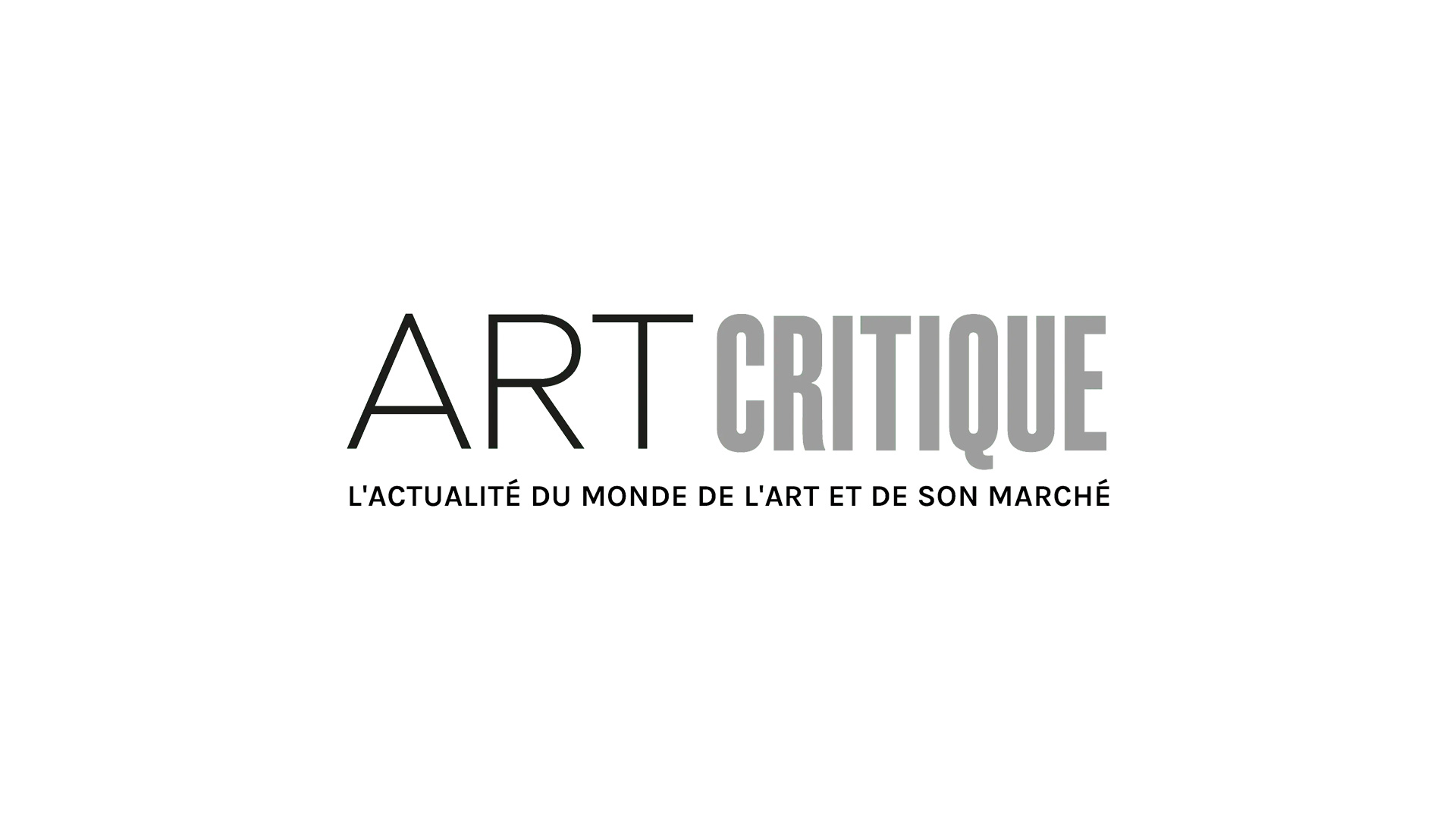“A painting is harmony, order, balance, created among the chaos of the colored world”, said Marie Raymond.
For the first time in too many years, the exhibition “To the Light” (September 19 – November 29, 2019),at the Diane de Polignac Gallery in Paris offers up a vibrant tribute to the visionary French painter Marie Raymond, giving her work the attention it so richly deserves.
A pioneering figure in lyrical abstraction, Raymond opened the way to the radical de-structuring of post-war abstract expressionism. But as a woman artist married to a painter – Fred Klein – and mother to a famous artist – Yves Klein, whose premature death by heart attack in 1962, at age of 34, would affect her deeply – she eventually became an obscure figure, her art all but forgotten.
Raymond received the prestigious Kandinsky Prize in 1949, and in numerous group exhibitions after the war until the beginning of the 1960s, “Marie Raymond’s was ubiquitous, alongside that of Hans Hartung, Pierre Soulages, Bram Van Velde, Jean-Paul Riopelle, Nicolas de Staël, Joan Miró or Maria Helena Vieira da Silva,” says Diane de Polignac. “Why is it then that this inventive and intelligent artist, respected by all the great names in art in her lifetime, is today so little known?”
Marie Raymond said she tried “to work joyfully, through all the difficulties of life. This is how color, the expression of life, imposed itself to me, born as I was under the sun of the Mediterranean, in the country of artists I admire, Bonnard and Matisse and Picasso. I pay tribute to Cézanne, to Van Gogh, to all the impressionists whose painting fueled my desire to paint.”
This exhibition gives the artist her due, and contributes greatly to redefining her first as an artist, then as a wife and mother. “In my painting,” she had said, “I tried to express the intangible, to reach beyond reality, to look for harmonies that make the invisible visible, to recompose a world by looking for harmonies of colors, of shapes, to some – how rejoin the infinite immaterial that leads to the informal and that from the immaterial informal goes back to the expression of one and the other.”





